Mon 15 Sep 2014 by Philip Woodcock
As the Seawork 2014 exhibition in the UK ended, the lasting impression was of how large the industry has become. The
common denominator among windfarm service vessels (WFSVs) on display was their sheer size. Is this the foretelling of
the future or just a snapshot of a maturing industry?
Those in the windfarm service vessel business know that the first seven months of the year have passed in a flurry of
major tenders, and that vessels are getting larger and larger.
As the industry matures, there is a need for larger, more comfortable and more powerful vessels, but there are risks to
consider when considering a ‘one size fits all’ solution. With larger vessels comes much higher investment and operating
costs, with a new vessel costing as much as a fleet did in 2011.
Large vessels burn more fuel and need larger berths, potentially more or better qualified crew and deeper water in which
to operate. If port infrastructure does not keep pace with this demand for growth, the advantages of large vessels will be
lost.
Moreover, there is a risk that performance gained in the field will be lost in port because of berth and refuelling
congestion. To mitigate this risk, ports need to invest in larger berths and turning areas as well as offshore-standard high
pressure refuelling stations so that the large amounts of fuel required by modern vessels can be delivered in a reasonable
time. These costs will be passed on to windfarm operators through higher port fees, but if not resolved, they will pay
anyhow through excess overtime charges.
Because the majority of larger
vessels built to the UK Workboat Code, whether that is MGN 280 or the Brown Code, are still restricted to carrying 12
passengers, this means that the cost per passenger carried has increased greatly from the vessels that served Round 1 and
2 windfarms.
Larger vessels are heavier and more difficult to manoeuvre, which brings fenders and turbine impact forces into focus.
This trend is seeing new players enter the motion-monitoring market alongside BMO Offshore and A+D. Fenders are still
being asked to be ‘all things to all boats’, having to absorb large amounts of energy, provide good ‘stick-ability’ on a boat
landing and also have good wear characteristics.
As boats get larger, this relationship is more difficult to achieve, as evidenced by the failed fender witnessed by all on one
of the Seawork’s show boats. Companies like RG Seasite and Fender Innovations are making great efforts to find
solutions to these issues.
Offshore Wind Services in the Netherlands will trial the new Fender Innovations ‘active fender’ on their Damen 2008
vessel Offshore Waddenzee. They will see if a mechanical solution can be found for energy absorption so that the fender
material can deal with the components of durability and sticking.
Larger boats definitely offer greater passenger comfort and should deliver higher weather availability. However, it was
observed that, as the vessels got larger, the spaces available for passengers inside of the accommodation did not increase
in the same way.
Vessel designers need to understand that a charterer of a WFSV – unlike that of a multicat or tug – charters the inside of
the boat as well as the working deck. Too often, one sees the ratio of accommodation biased heavily towards the owner
rather than the charterer. Space to relax, dress and move is what is needed rather than an increase in larger working decks
that are rarely used.
As we move further offshore to work on windfarms ‘where the passage time exceeds more than one hour’, speed and
comfort are very important factors.
All of this comes at a higher investment cost and risk to the owner, which, with the higher maintenance costs, gets passed
on to the charterer in the form of higher charter rates.
However, for the Round 1 and 2 windfarms in the UK, The Netherlands and Belgium, the life of the smaller windfarm
vessels is not over yet. With opportunities to renew propulsion packages and update seats and interiors in modular form,
these early vessels can still provide the most cost-effective and practical solution for some windfarms. OWJ
*Philip Woodcock is operations manager/QHSE/marine manager at Workships Contractors in the Netherlands



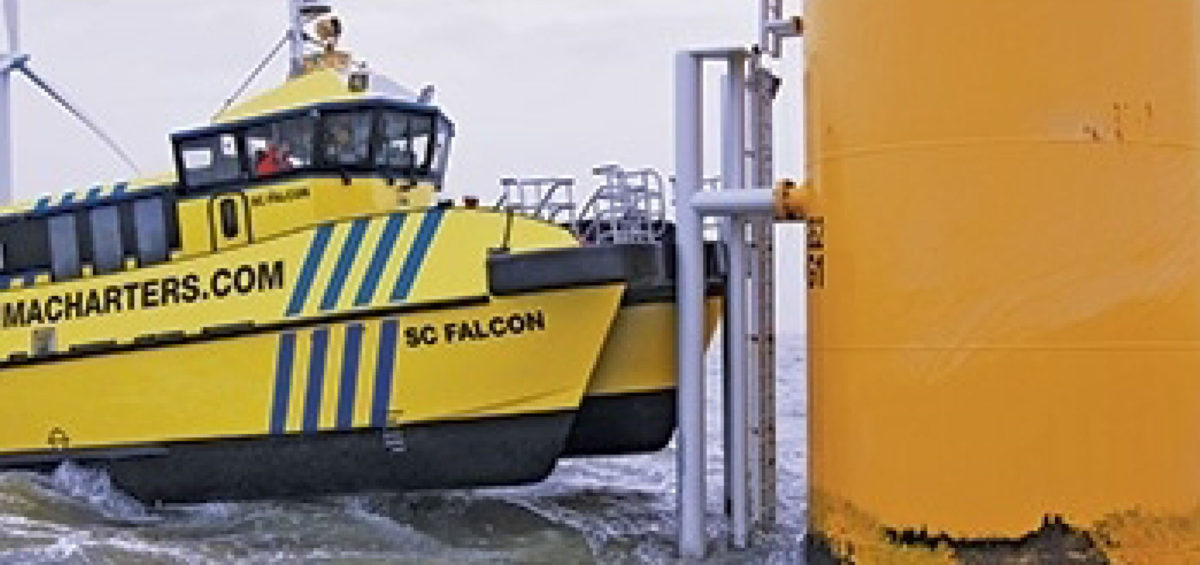
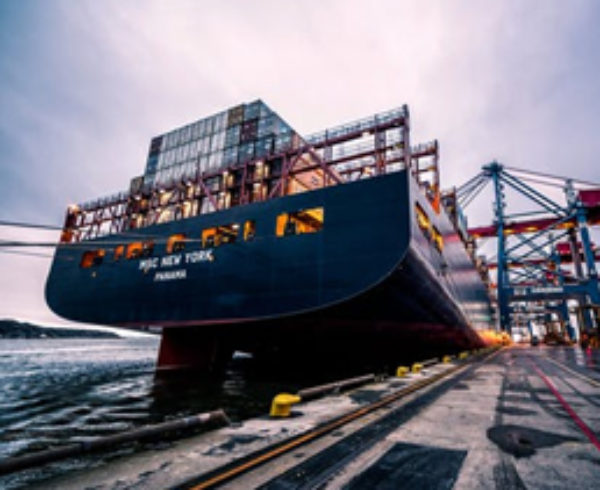
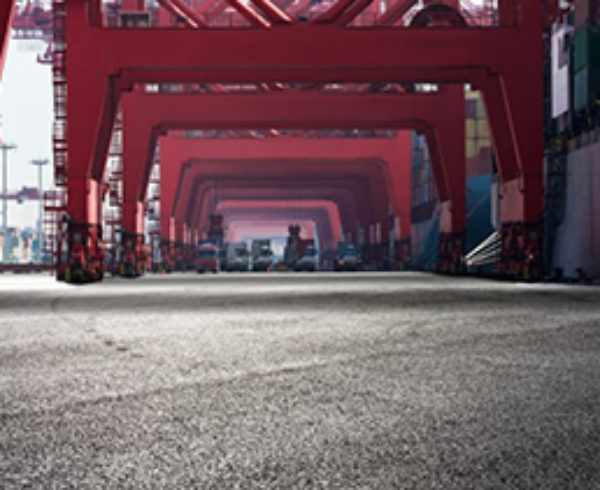

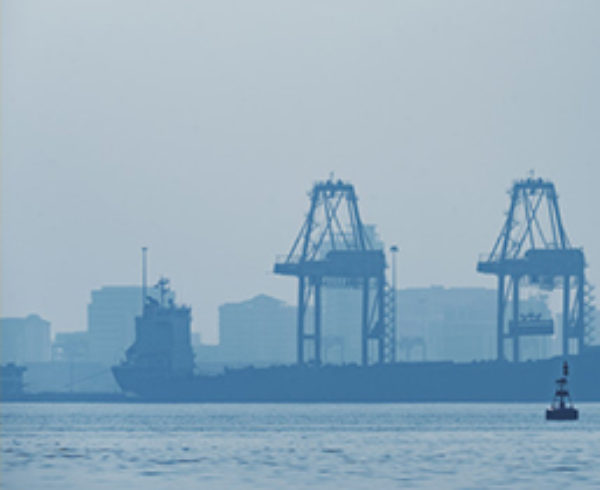
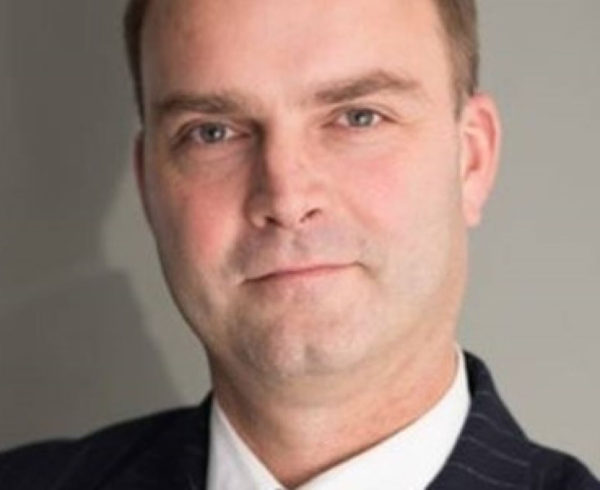




Leave a Comment